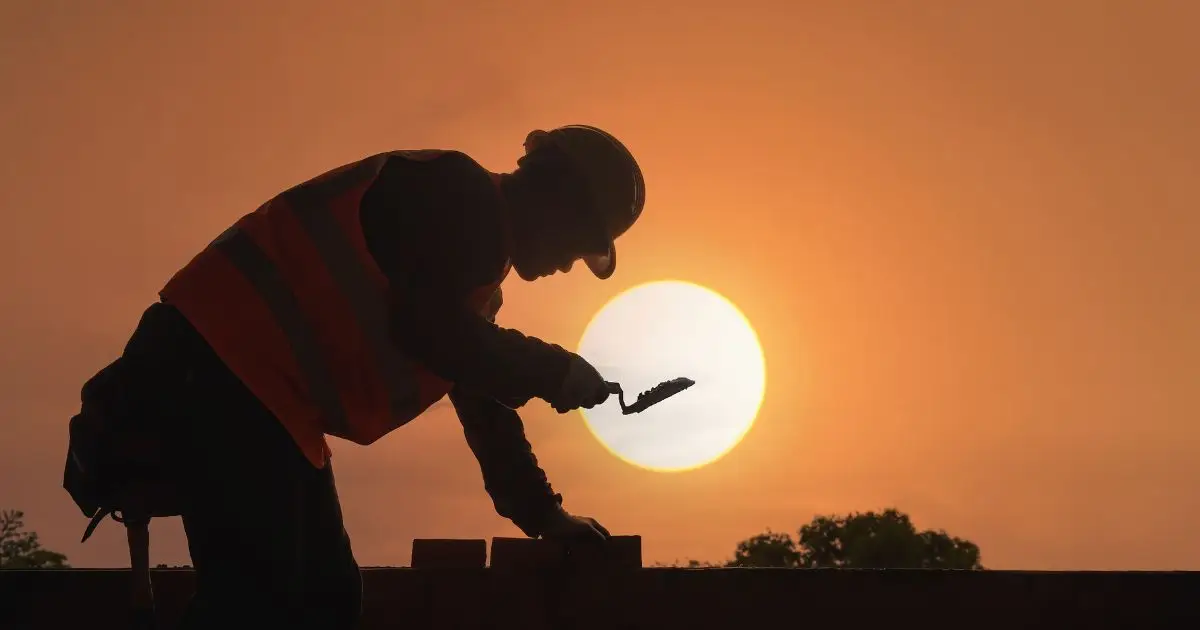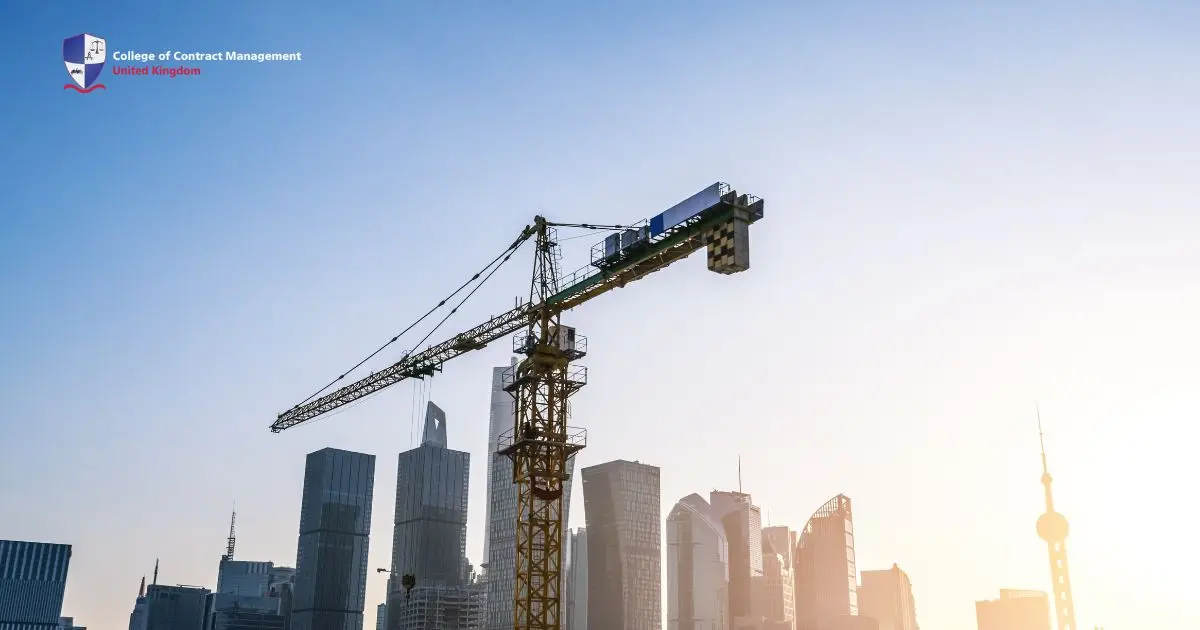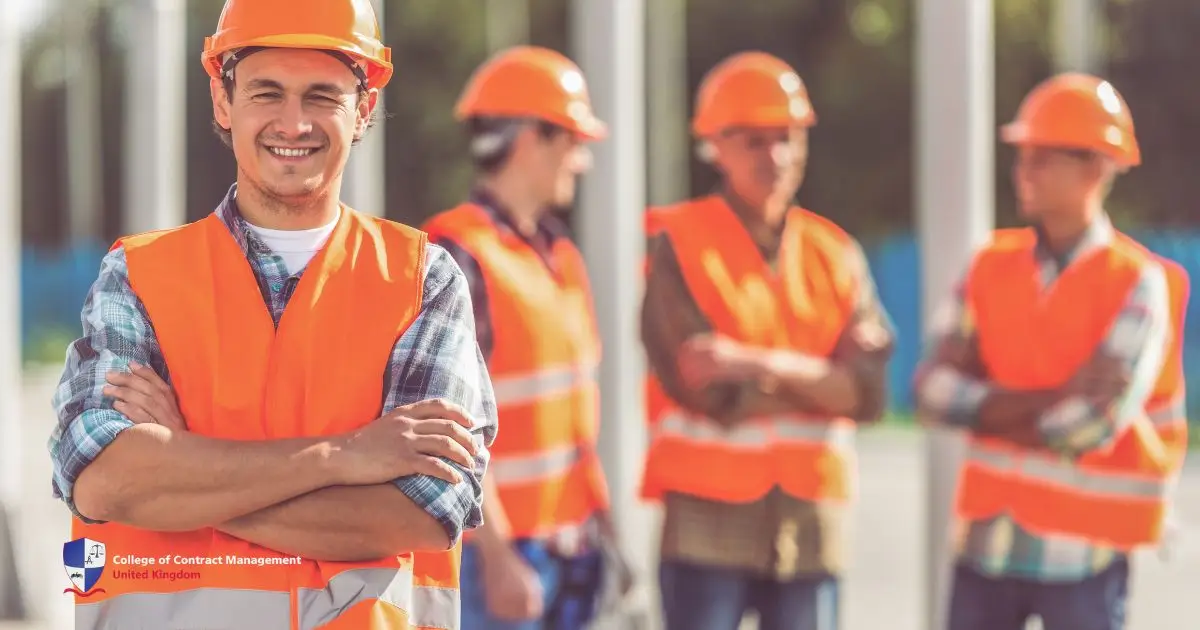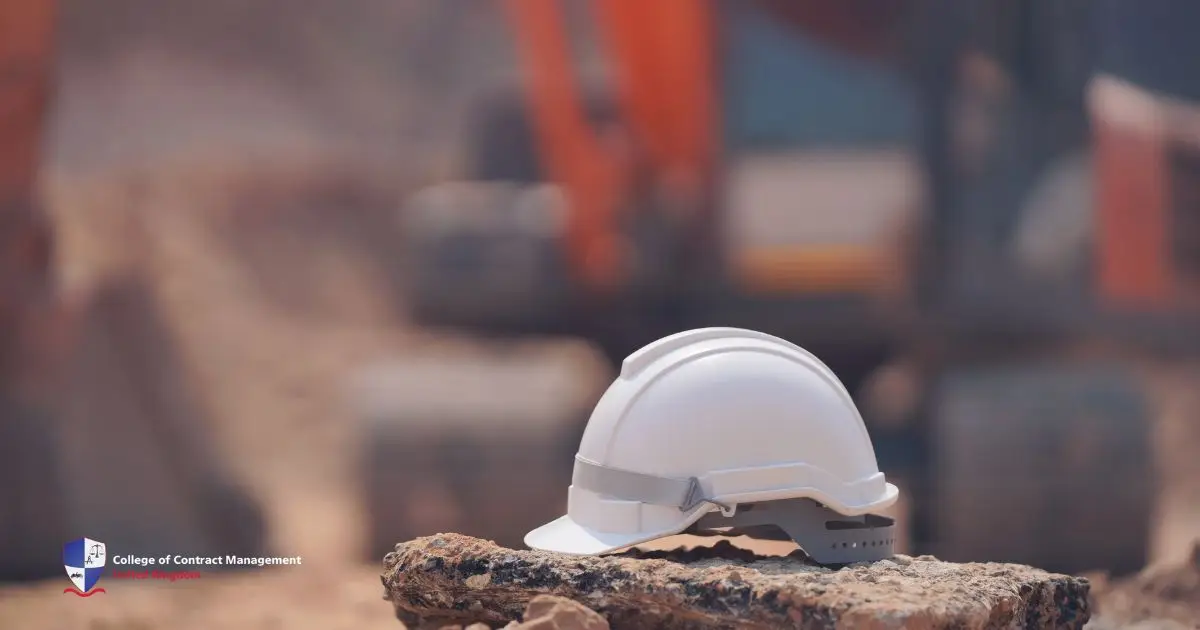A construction worker is a major part of the community because they build almost every structure around us. From schools to learn in or roads to travel on. Without them, buildings and bridges won’t be built. Furthermore, safety protocols would be absent, leading to unwanted accidents or injuries. That’s how important these people are.
Besides, these workers are more than just builders. Their services go beyond handling tools and heavy machinery. It involves skills such as teamwork, cooperation, and effective strategies. On the whole, they ensure that everything built will last for generations to come.
What do construction workers do?
A construction worker does not stick to one job. There are various responsibilities within the site that you can be tasked to do. However, in general, there are common duties that everyone must know. Here are some common responsibilities that you should know about:
Physical work
The basic tasks of a worker include a lot of physical work. Examples include lifting, pushing, and transferring heavy machines. Additionally, employees can dig and pull. For example, transferring sacks of cement from the ground up to the 2nd level.
Site preparation
Before starting a project, a clean site must be present. Construction workers make sure that all areas are clear of debris and waste. Furthermore, setting up safety systems such as scaffolding is part of the job. This ensures that safety protocols are of a high standard.
Installing and building different systems
Aside from physical work, other elements need to be done. Building foundations, roofs, and floors are examples. In addition to this, a construction worker also installs plumbing and electrical systems. In general, these are a combination of major and minor tasks.
Ensuring on-site safety
Projects in the industry need to follow safety protocols. This is because there are many onsite hazards present. As a construction worker, you should observe proper safety measures when handling tools, equipment, and hazardous materials. Also, wearing protective gear is a must.
Handling equipment and transfer of materials
Tasks include preparing tools for different areas and distributing them to the construction worker on duty. In addition to this, you must also ensure proper storage of the items until the project is over. By doing so, you decrease workplace accidents.
Evaluations
Evaluations must be done to ensure quality control on all aspects of the project. This leads to a high standard of workmanship. Furthermore, it shows potential clients that you stick to the protocols of the industry. This can lead to more business deals in the future.
Roles you can fill in the field
In each project, every worker has a specific job. For example, there are engineers and managers who have a specific set of duties to follow. However, for a construction worker, there are a lot of general tasks to choose from. Here’s a list of roles in the field that you can do:
- Concrete worker: You are part of creating foundations, walls, and other structures on site. Additionally, you also handle pouring of cement and levelling.
- Painter: Aside from applying colour on walls, you also do preparation. Different coatings are needed to ensure the desired result.
- HVAC tech: This stands for heating, ventilation, and air conditioning. Your responsibilities include the repair of cooling systems and installing them.
- Ironworker: These jobs specialise in handling iron and steel for the framework of structures.
- Pipefitter/Pipelayer: You are responsible for installing pipelines and maintaining them. In addition, you also need to create pathways and follow specific blueprints for a successful task.
- Stone cutter: Exact cuts of stone and concrete make building easier and better. As a construction worker, you handle cutting stones so that they fit the desired image or design of the clients.
- Plasterer: As the name suggests, you apply plaster on walls. This is a protective coating that enables protection from air. Also, it can help with designs and decorations.
- Mason: A mason handles brickwork and cement. You will make walls, foundations, and other structures. Additionally, mortar is used to put these things together.
- Tile and marble setter: Working on tiles need precise positioning and attention to detail. You install different materials of tiles such as ceramic or porcelain.
- Sheet metal worker: You get to handle different types of sheets of metal. Examples include aluminium or copper. Furthermore, you do the installations and maintenance of these products.
How to become a construction worker?
Becoming a construction worker can be achieved with some easy steps. You must be able to complete the said procedure to be able to take part in this fast-growing industry. Here is a general outline of the overall process:
- Study for a high school diploma: This is required when applying for construction.
- If without a diploma, get a GED (General Education Development): This is for aspiring construction workers who do not have a diploma.
- Take vocational courses or construction-related programmes: these will help you become a more skillful construction worker. Practical tests such as carpentry or electrical work are available.
- Seek apprenticeship programmes related to the field you want: These programmes combine on-the-job training and classroom lectures. This ensures you have a good foundation in the field and in writing.
- Obtain certifications or licences: Examples are state-issued licenses or certifications for well-known organisations.
- Apply for CPD (Continued Professional Development): These programmes help you stay updated on the latest trends in construction. Also, it enhances your skills and knowledge as a construction worker along the way.
To achieve these requirements, you must find an excellent educational institution that will help you study and gain knowledge. First, enquire about their courses. Then, find which one suits your interest. Doing so will help specify and narrow down your career path.
Importance of safety measures on site
Safety is one of the most important responsibilities of a construction worker. Project sites are a source of many dangers due to different equipment, tools, and machines. Because of this, organisations such as HSE create workplace safety for everyone. This stands for Health and Safety Executive. They make sure that every worker has a right to be safe. With this, they implement rules and regulations that are of high standard. For example, they require protective gear at all times whenever a construction worker enters the project site.
Workers also receive safety training from their management to ensure that updates and trends are studied and memorised. These trainings are designed to protect the workers and the people who will use the structures they build. Safety measures include regulations and precise blueprints that workers follow.
Conclusion: Construction workers create a better world
As a whole, a construction worker supports the economy and livelihood of many. Projects from the industry open new doors to job seekers and employers. For example, building a grocery store helps a company have a place to run its business. In addition, people from the community can apply for jobs at the same store. This creates a positive impact for the area.
Moreover, construction workers are the heroes of building and creating structures. Without them, no one would ensure that the bridge you’re walking on is safe and sturdy. Furthermore, job opportunities won’t be possible for the community without buildings and stores. Truly, they help make the world a better place.
If you wish to become a part of one of the most popular industries out there, it’s time to enrol. The College of Contract Management offers numerous courses that focus mainly on bettering your career. Let us help you achieve your goals and be the best out there.





